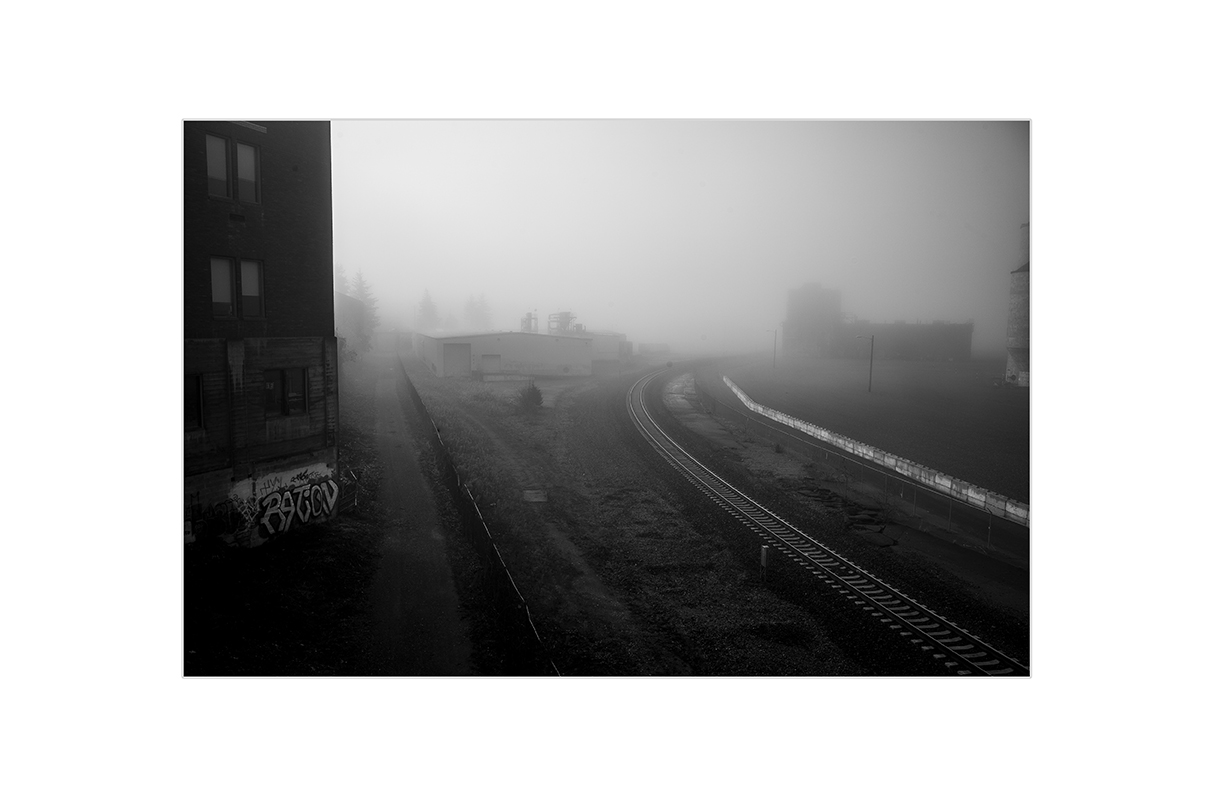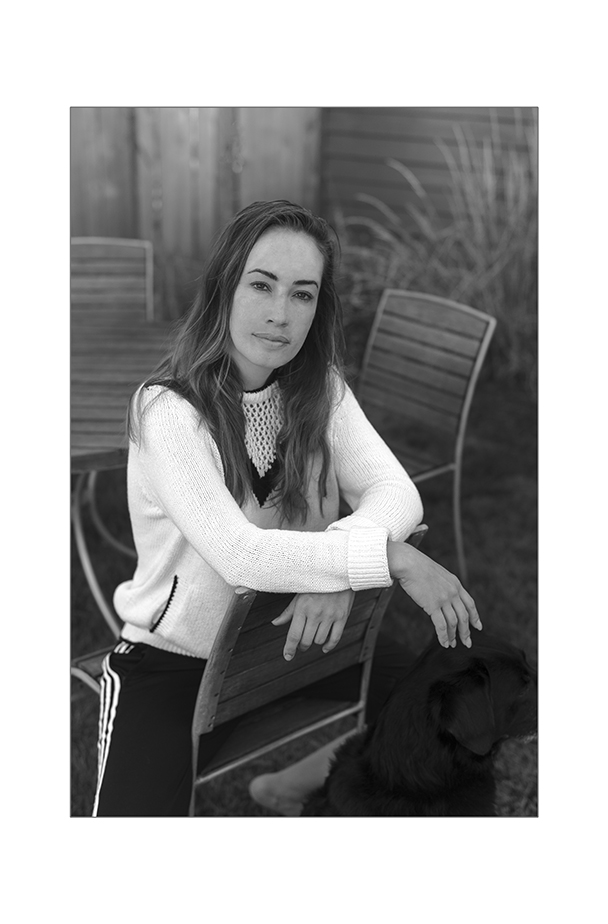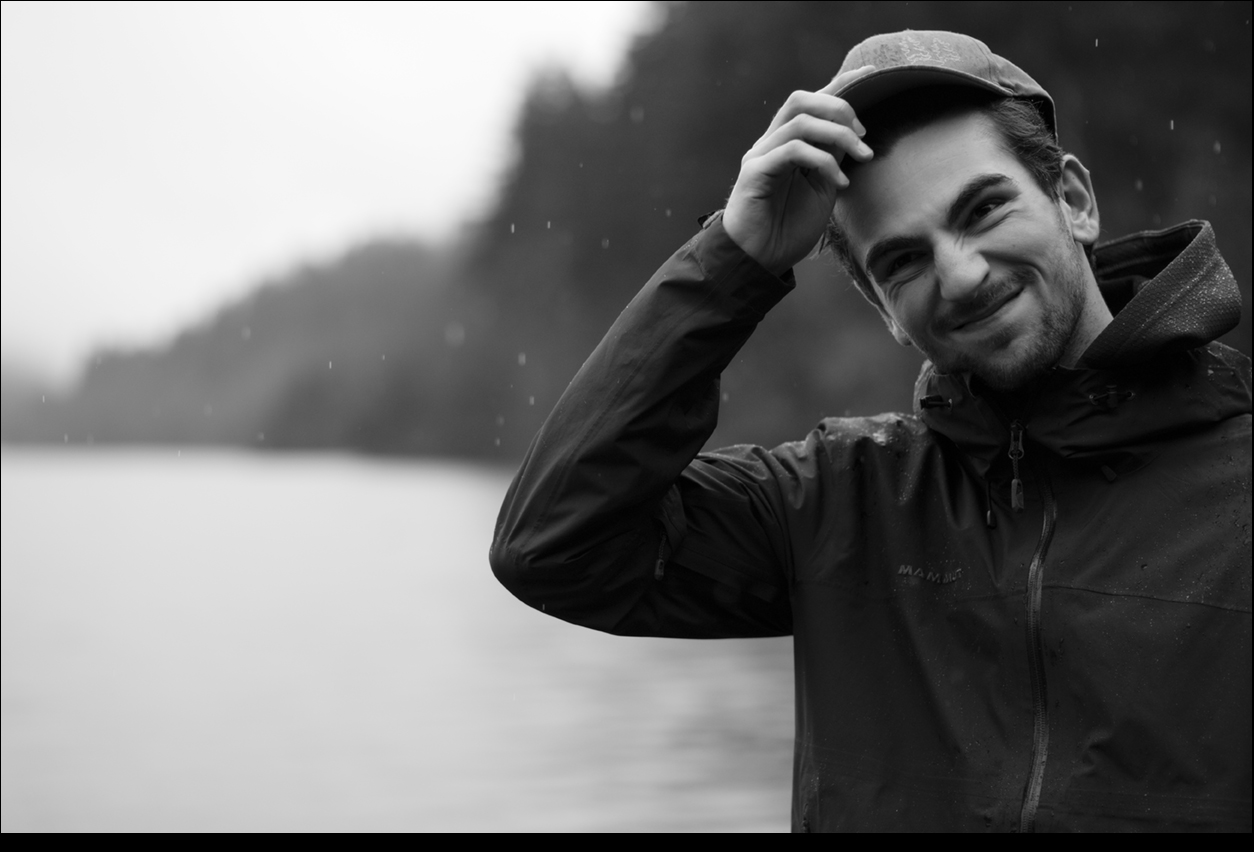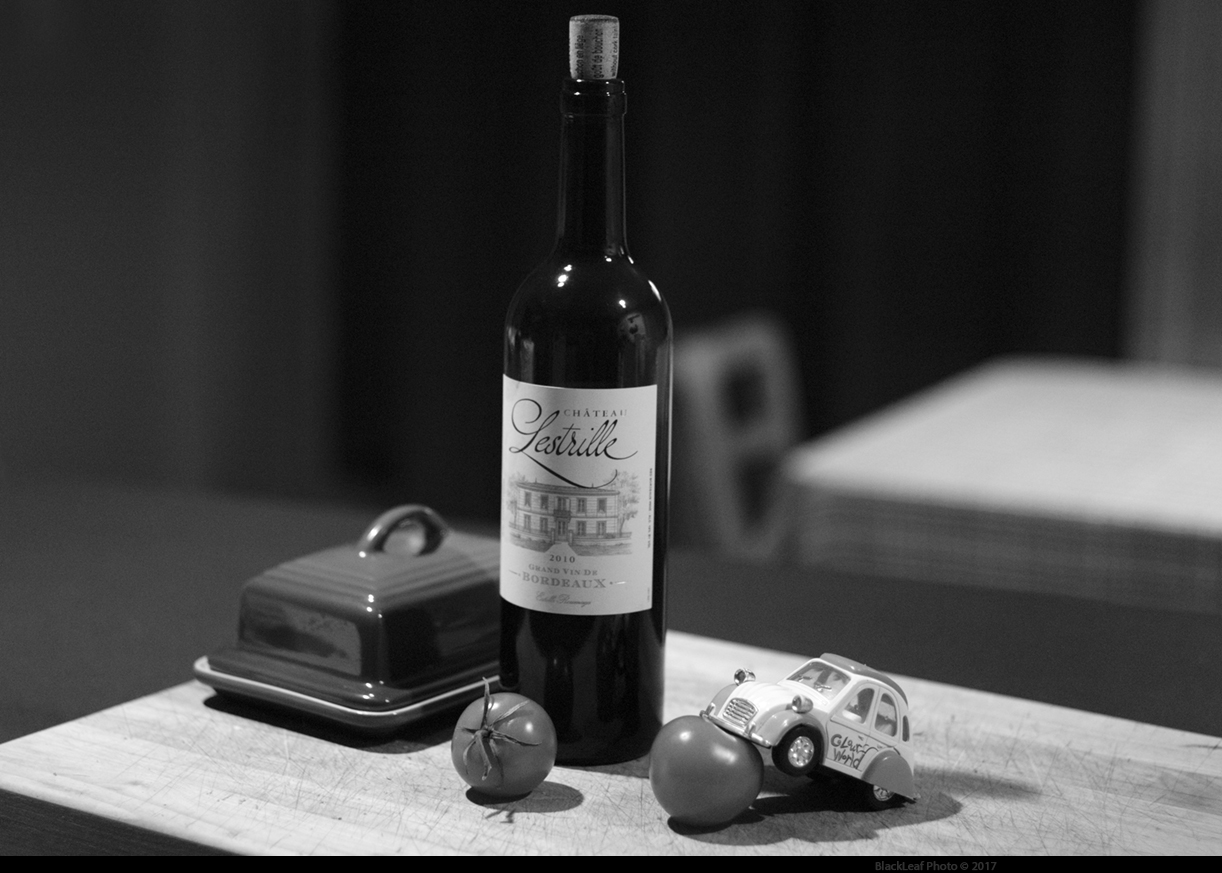Rob-F
Likes Leicas
That website shows that the later model has better dynamic range, but does that really contradict what Sonnar Brian had to say?
That website shows that the later model has better dynamic range, but does that really contradict what Sonnar Brian had to say?
I'd like to return this thread to its original topic: Is the M9 Monochrom still a good buy? Or: Is it worth considering the original Monochrom just for its imaging character alone? I see that some photographers feel that its CCD sensor produces a result they prefer to the CMOS sensor of the later versions, such as the M246 or M10. I've read that the original Monochrom has better shadow detail and better highlight protection, and from examples posted around the web, it does look that way to me. And for me, at least, 18MP is plenty!
Let's take it for granted that the discussion will be limited to M9 Monochrom that have the sensor replaced with the non-corroding one, so the discussion doesn't get sidetracked with sensor corrosion warnings.
So with all that in mind, let's see some opinions!








 gamma1m1_SEFX2 by fiftyonepointsix, on Flickr
gamma1m1_SEFX2 by fiftyonepointsix, on Flickr Gamma 1.0 M1 DNG-16, Panatomic-X Emulation by fiftyonepointsix, on Flickr
Gamma 1.0 M1 DNG-16, Panatomic-X Emulation by fiftyonepointsix, on Flickr

Even with the caveats about the lack of spare parts, I'm still feeling tempted--at least some of the time (the rest of the time I'm not convinced I need or want a monochrom of any version. What do I have a darkroom for). The 14 bit depth of the M9M makes it attractive to me, because I can actually see the remarkable shadow detail in examples published here in RFF. And 18MP seems enough for my needs. If one comes my way, I may take the risk.
if that's what You desire... 😉
Leica Soho Store has an M9M for $3250.00
https://leicastoresoho.com/pre-owned-leica-m9-monochrom-4348087/

Is there any way you would ever make that Fortran code available to any of us here? I would love to try it out and see how much more I can get out of the M9M.[...]
I run almost all of my files through this Fortran code. At 12-bits, the M246 images do not have the same flexibility.
Is there any way you would ever make that Fortran code available to any of us here? I would love to try it out and see how much more I can get out of the M9M.


Dropbox
www.dropbox.com
Fortran Source code, compile under Windows with the Watcom Fortran-77 compiler, version 2.
I expanded the "include files" to make it easier to compile under Windows 10. This will run in a Windows Console, or Powershell. You can give it a single file name, or just hit a return and have it sitting in the directory of files you want to process. I use a "spawn" to create a file with all of the DNG files in the directory. You can run "cmd", change the directory to the SD card, and run the program on it.
"Gammafix.for" optionally allows for fixing bad columns in the image, also fixes hot-pixels. You specify the bad column number in a file.
The software also creates the new DNG file with the Gamma curve applied, uses a "G" in place of "L" for the filename.
First file has Gamma Curve 3 added, second is straight conversion to JPeg.
[...]
Thanks so much for that, it'll be a pleasure to put in some time with this and learn a thing or two.
 rangefinderforum.com
rangefinderforum.com

